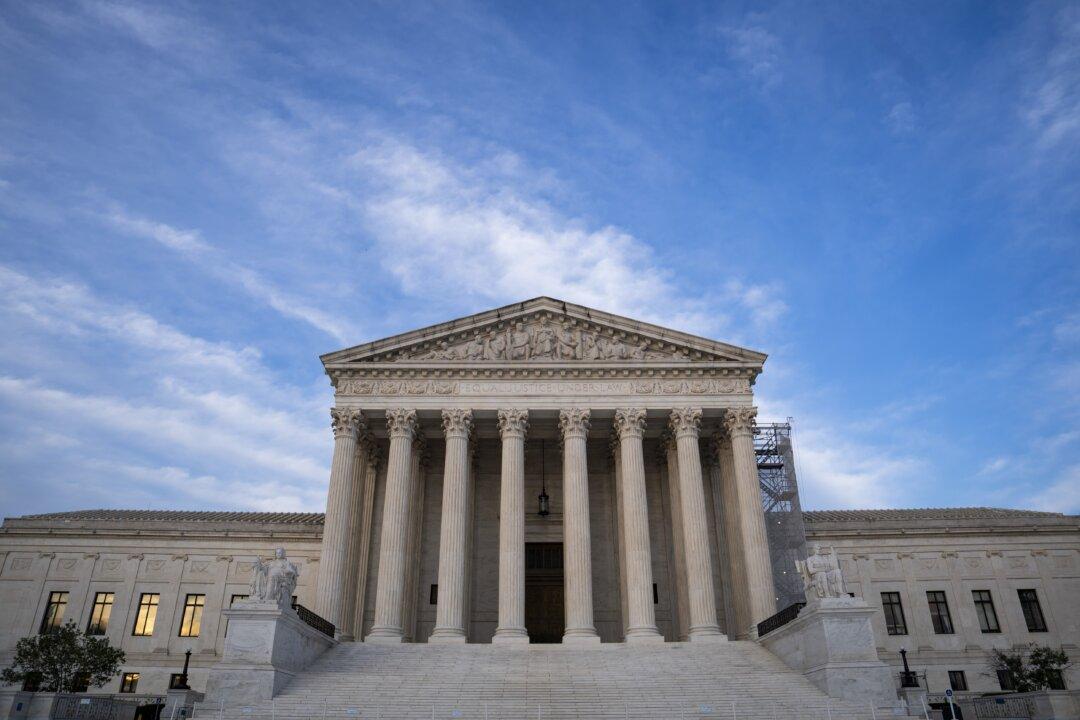Commentary
Welcome to Part 3 of our series examining what it will take to transform New York into the nation’s first state powered entirely (almost) by renewable energy. In Part 2, we calculated how much renewable energy New York would need to completely replace fossil fuels in the electrical generation and ground transportation sectors by 2030. We ended up with a gap of 235 million megawatt-hours (MW-h) per year to fill. I’m sorry to have to tell you that the gap is going to grow larger as we dig deeper—a lot larger.





